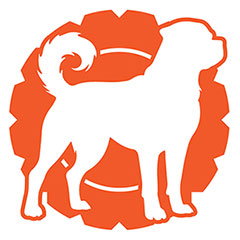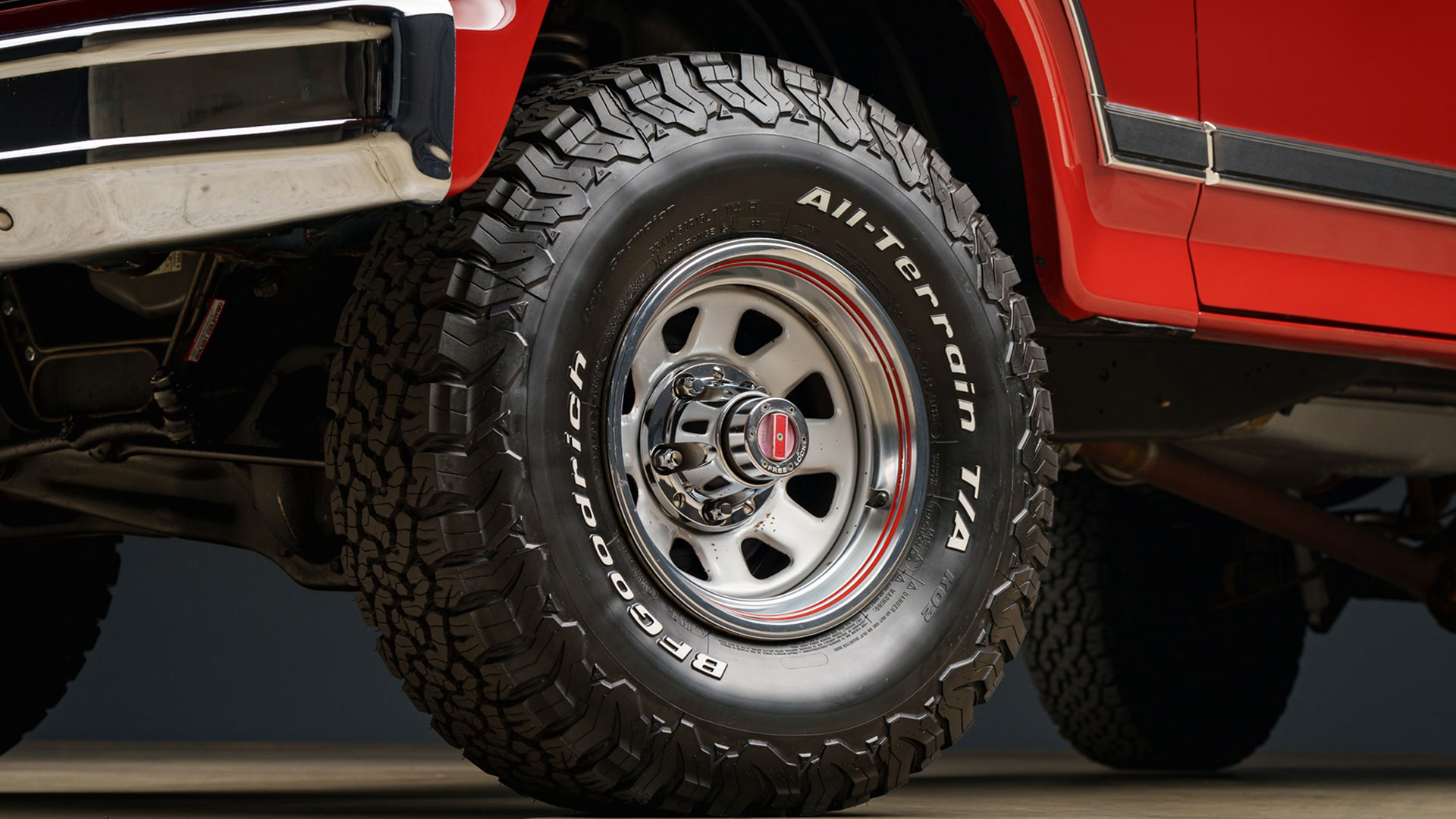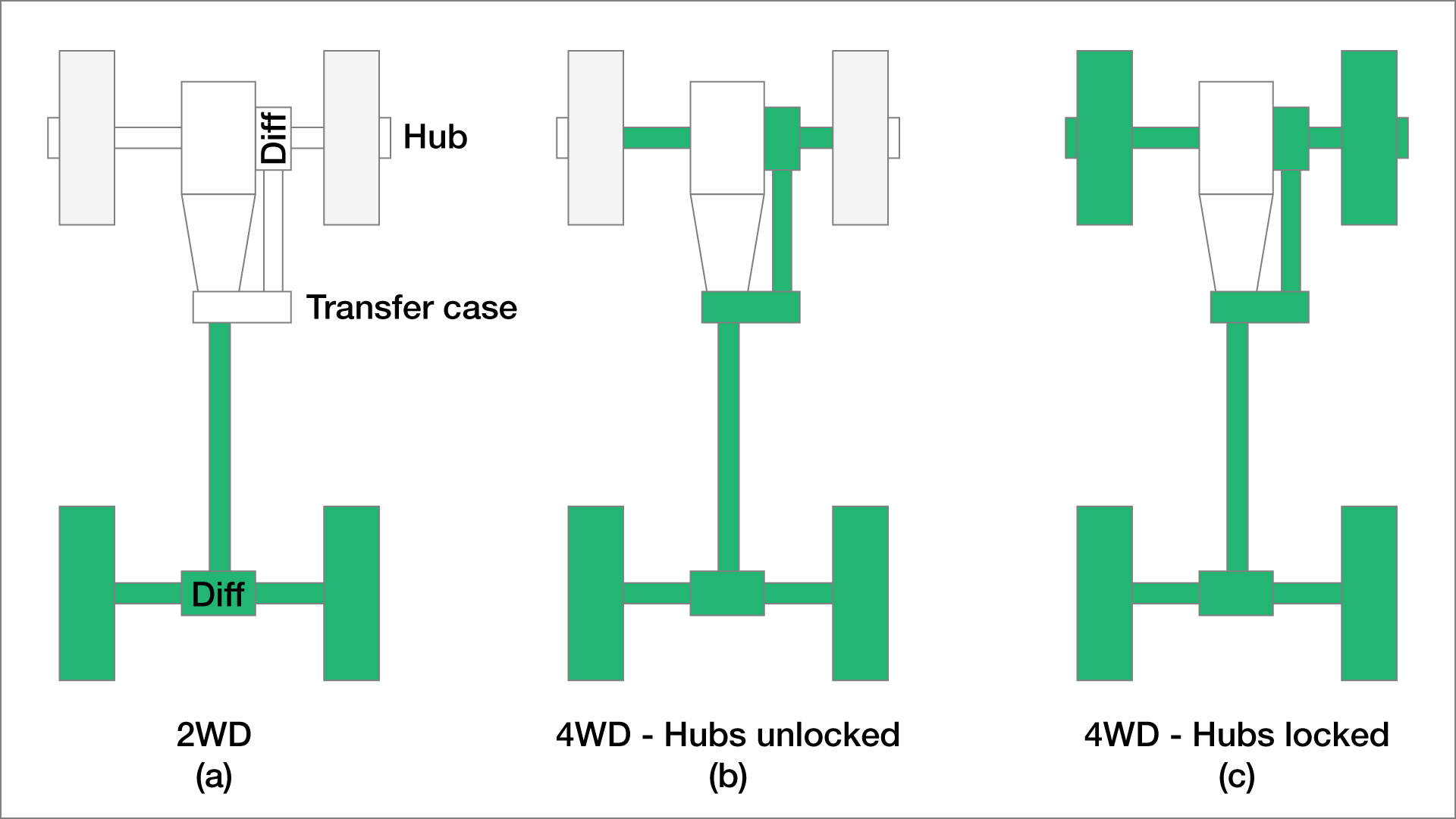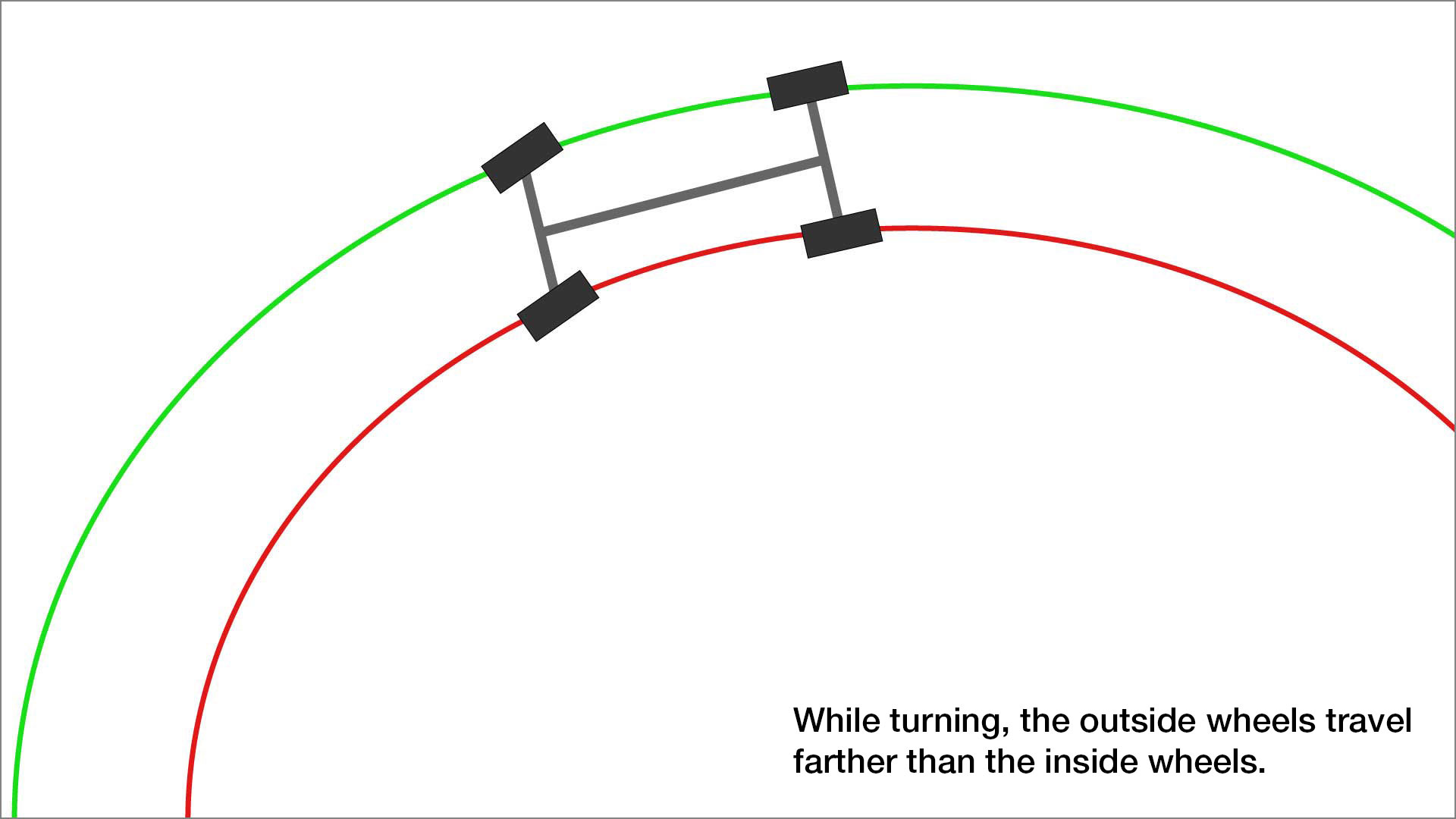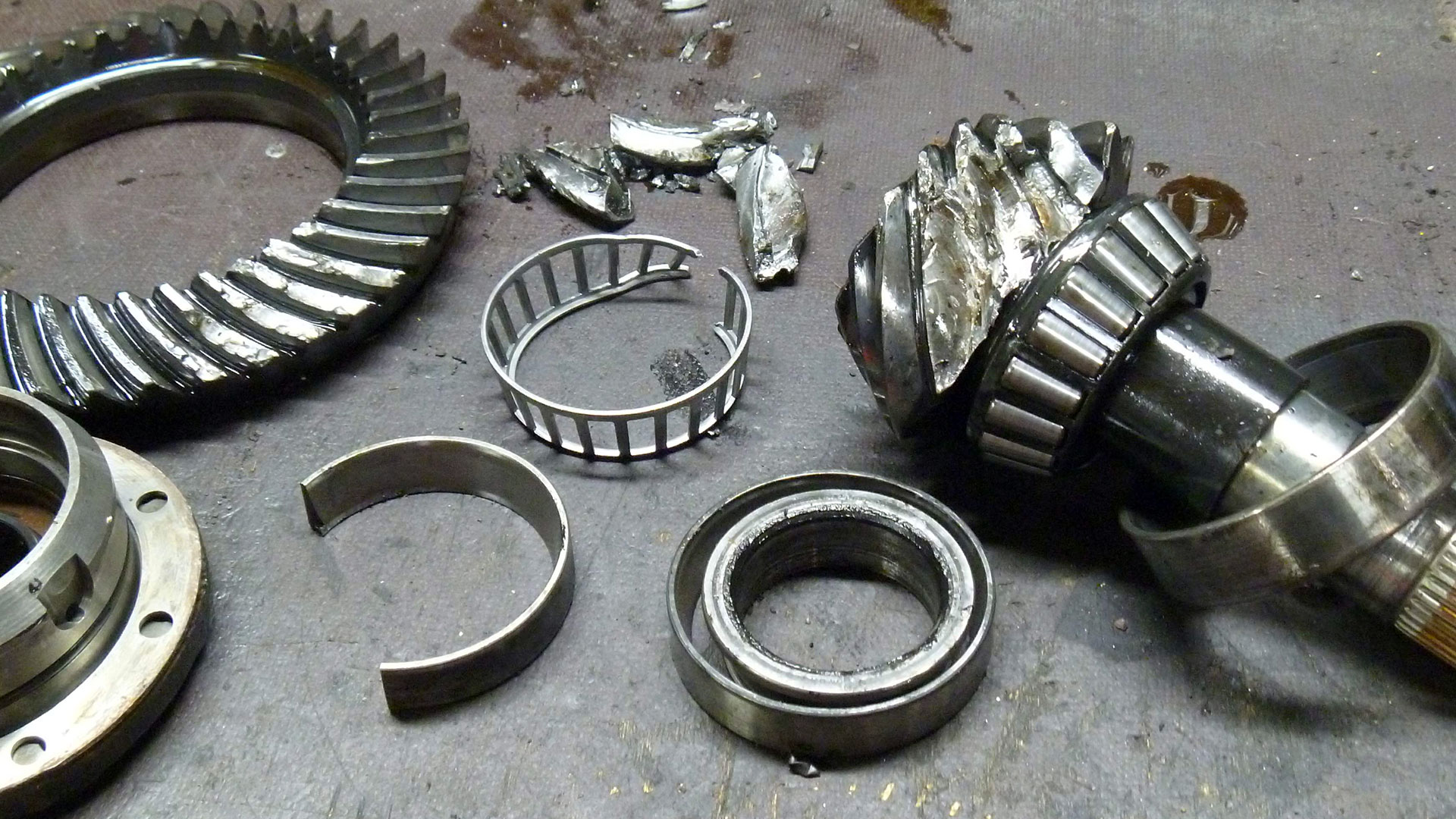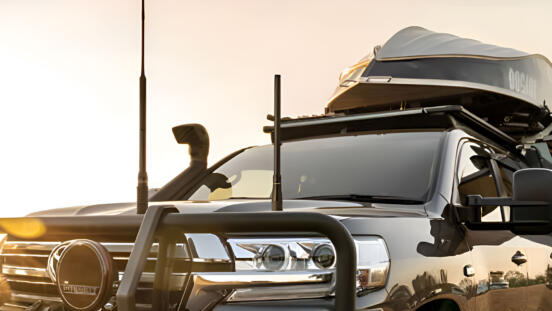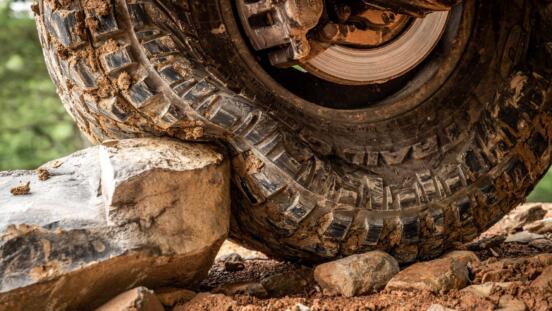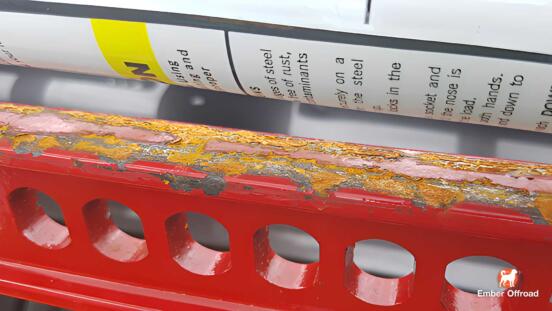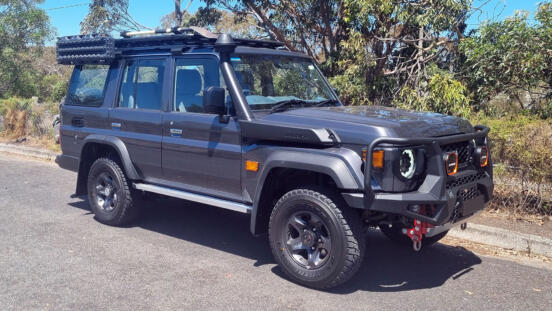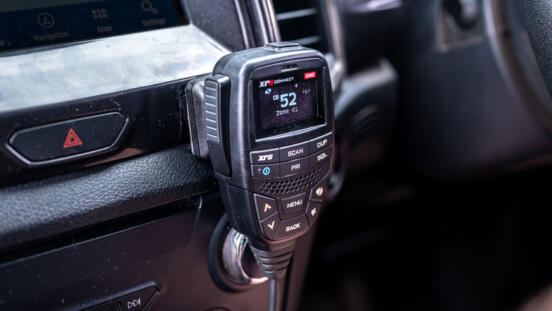"Is it safe to drive with my hubs locked in 2WD?" is a regular question from part-time 4WD vehicle owners. The short answer is "yes", but, there are important points worth understanding before locking your hubs and forgetting them forever.
Locking hubs, also called free-wheeling hubs, allow the front wheels to be disconnected from the front axles. This allows the wheels to spin completely freely, they will not receive power regardless of whether the rest of the driveline is in 2WD or 4WD mode, and will not affect turning whether the front differential is open, or locked.
With the hubs unlocked, the vehicle is effectively a standard rear-wheel-drive. Only when the hubs are locked, and the driveline is put into 4WD, does the engine send power to both the front and rear wheels.
Above in green, you can see where power is provided when in:
- 2WD mode with unlocked hubs.
- 4WD mode with unlocked hubs.
- 4WD mode with locked hubs.
Why lock/unlock them?
There are a couple of debatable reasons to do so, and one critical one.
1) Fuel economy - By engaging the wheels with the front axle, the wheels now have to spin the additional mass of these components. These extra moving parts also add friction and resistance, which all combine to rob the system of some power, resulting in additional fuel usage to overcome them.
How much this matters in practice is up for debate. The particular driveline design, power, and weight of your vehicle will all affect this. Reports on increased fuel usage vary anywhere from 10%-15% to "I can't see a difference". Depending on how much you drive this might be a worthwhile saving for you, or may be minimal.
2) Driveline wear - By having the hubs locked while in 2WD, you're unnecessarily spinning the front axles and differential, causing some level of additional wear. That said, while disengaged from the driveline these parts aren't under load, so there is little stress on the components.
Properly maintained and lubricated parts spinning without load will be subject to very little wear. Additionally, nearly every manufacturer recommends locking the front hubs periodically if you're mostly driving in 2WD, to circulate oil through the front half of the driveline and keep everything in good working order. There isn't a specific maintenance schedule for this, but a common rule of thumb is to lock the hubs once a month for a few miles.
3) "Wind up" (the important reason) This is where full-time and part-time differ critically when it comes to being in "4WD", and where part-time 4x4 drivers sometimes go wrong. As you probably know, in standard operating mode 4x4s do not provide constant, equal power to all 4 wheels, due to having open differentials.
To briefly summarise this for those not yet familiar: Focus on one axle for a moment. If your axle and wheels were a single, solid piece, both wheels would have to rotate at the same rate all the time. When cornering, this would mean one of the following would have to happen:
- The inner wheel, which has a shorter distance to travel, would be forced to over-rotate to match the outer wheel, doing a small 'burn-out' through every corner, or,
- The outer wheel, which has to travel farther, would be forced to under-rotate to match the inner wheel, causing it to be dragged around every corner as if brakes were applied to it.
The amount varies depending on the wheelbase and track of your vehicle, but roughly speaking, when turning a 90° corner, your inner wheels travel around 20% less distance than your outside wheels. Without open differentials, you would be either dragging or spinning wheels for 20% of every corner, creating a huge amount of unnecessary wear on tires, and stress on your driveline.
This stress is called "wind up", and is the reason vehicles have open differentials, so that when the opposing wheels of an axle have to travel different distances around a turn, one wheel is disconnected from the drivetrain so it can roll freely, allowing this stress to be released, while the other wheel remains engaged to provide drive power.
This same issue also applies to the front and rear, because the front wheels travel further than the rear when turning. If the front and rear drivelines are rotating at the same speed while the vehicle is turning, again you're either forcing a wheel at the front to under-rotate to match the rear and be pushed along the ground, or causing a wheel at the rear to over-rotate and break traction.
When off-roading on low-traction surfaces, wind up isn't a problem as this stress is constantly being released; any time a wheel lifts, slips in the mud, or on the sand, etc. the rotational stress is released. But this stress is why, in any 4WD, you can't (or at least shouldn't) drive with a locked center, or cross-axle diff lockers on high-traction surfaces like the road where it can't be easily released.
If your engine/driveline is sending equal power to 2 wheels trying to rotate at different speeds, but the wheels are holding firm to the road, something has to give; the only two options for this are breaking traction with a tire, or breaking something in your driveline (often an axle or differential... this is a repair bill you don't want).
You don't want this.
How to prevent "wind up" on high traction surfaces.
In a full-time 4WD, like the Toyota LC200 for example, the transfer case constantly sends power to the front and rear drivelines, but, wind up is solved through an open center differential that can release them when required, allowing them to rotate at different speeds as explained above. This is what makes full-time 4x4's with the center diff unlocked safe to drive on high-traction surfaces like the road.
In a part-time 4WD however, the transfer case usually has no differential. Switching from 2H to 4H or 4L immediately locks the center for a fixed 50/50 split front and rear; there is no ability to operate in 4WD with an open center differential like a full-time 4WD to release wind up. That said, whether or not you're actually in 4WD yet still depends on your front hubs.
With your hubs unlocked, and the vehicle's driveline in 4WD, there is no immediate problem. Your transfer case will be spinning the front driveline and axles, but as the wheels themselves are disconnected, the front half of the driveline is just spinning freely, effectively leaving you in rear-wheel-drive.
With your hubs locked, and the vehicle's driveline in 4WD, you're now applying that 50/50 equal front and rear driveline rotation, which if driven on the road creates the problems described above. This is why part-time 4x4s should only ever be driven in rear-wheel-drive when on firm road.
To lock, or not to lock your hubs in 2WD
This will depend on your usage. If your part-time 4x4 is a dedicated worksite/farm vehicle or dedicated off-roader, and you're constantly changing into four-wheel-drive for low traction services, you would likely leave your hubs permanently locked
If your vehicle is for less frequent off-road use, a tourer doing hundreds of miles on the road, etc., it only takes 10 seconds to unlock the hubs and, I would argue, is the way to go for the fuel economy and front driveline wear benefits, however small they may be.
Just remember to lock them now and again between off-roading trips to turn over the oil in your front differential and keep everything working smoothly.
# Driving with front hubs locked, locking hubs in two-wheel drive, locking hubs on the road.
